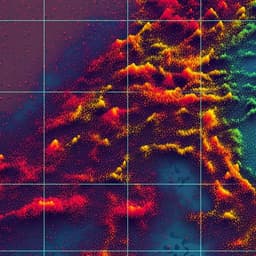
Engineering and Technology
Low cost exoskeleton manipulator using bidirectional triboelectric sensors enhanced multiple degree of freedom sensory system
M. Zhu, Z. Sun, et al.
Discover an innovative low-cost, energy-efficient exoskeleton system that utilizes bidirectional triboelectric sensors for real-time monitoring of human upper limb movements. This groundbreaking research, conducted by Minglu Zhu, Zhongda Sun, Tao Chen, and Chengkuo Lee, opens new possibilities in robotic automation, healthcare, and training.
~3 min • Beginner • English
Related Publications
Explore these studies to deepen your understanding of the subject.







